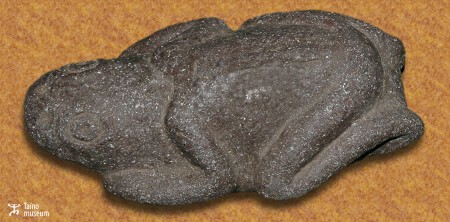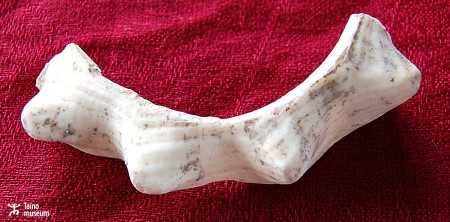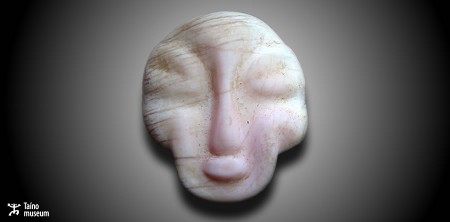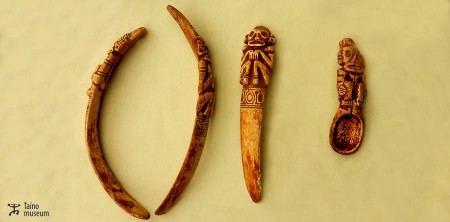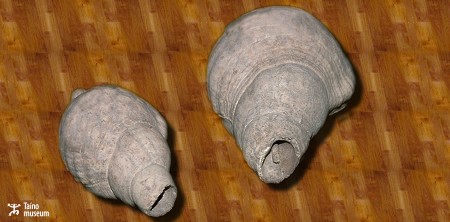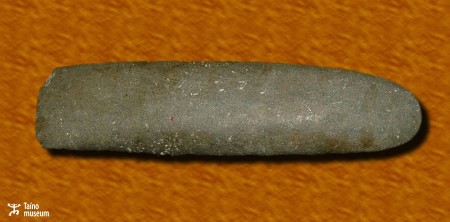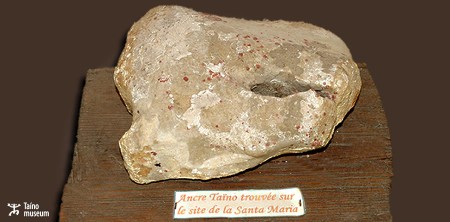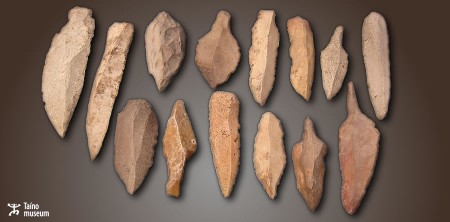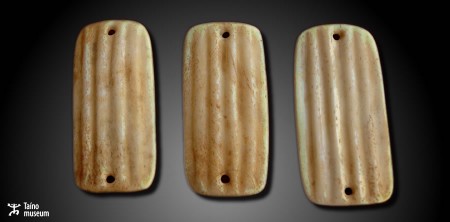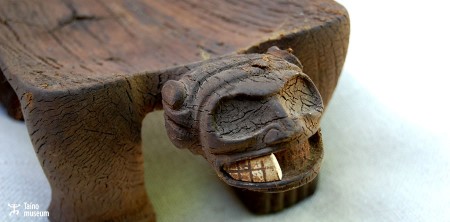The conventionized image is that of a frog with fore and hindlegs bent inwards, as if preparing to jump. In La Hispaniola the frog was associated with females and females functions. In the South American mythology, children were turned into frogs while calling toa toa what means mother, at the same time this is the…
Read more
Stone frog
